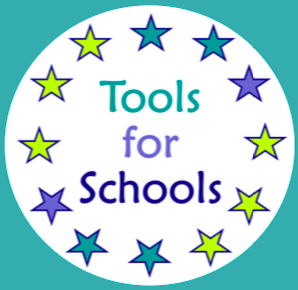



This activity is for you and the student to identify which adults in the school they already trust and like. This is useful so that you can scaffold them to seek out one of their trusted adults if they run into difficulties when you are not physically present. It may also help you understand why the student might be reluctant to do some tasks or activities around the school